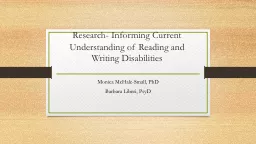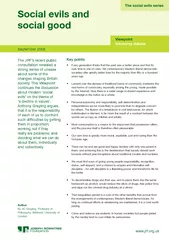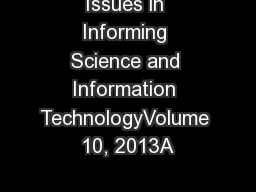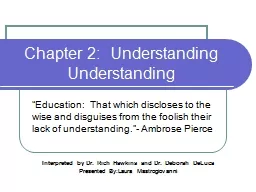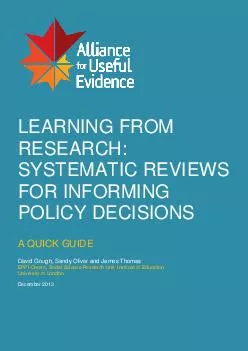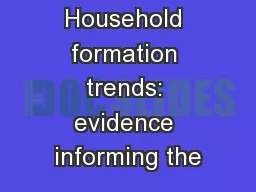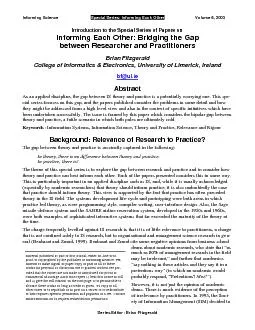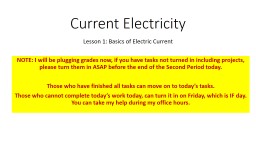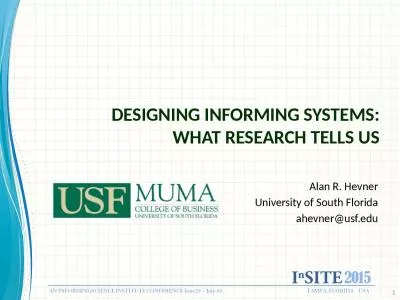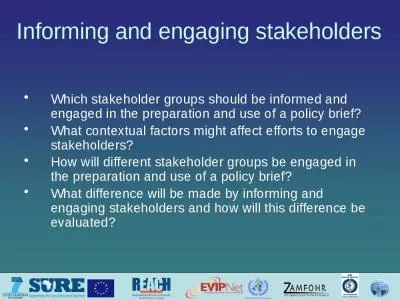PPT-Research - Informing Current Understanding of Reading
Author : alida-meadow | Published Date : 2020-04-04
and Writing Disabilities Monica McHaleSmall PhD Barbara Liberi PsyD Federal Dyslexia Guidance OSERS issued a guidance letter in October of 2015 Reminded states
Presentation Embed Code
Download Presentation
Download Presentation The PPT/PDF document " Research - Informing Current Understan..." is the property of its rightful owner. Permission is granted to download and print the materials on this website for personal, non-commercial use only, and to display it on your personal computer provided you do not modify the materials and that you retain all copyright notices contained in the materials. By downloading content from our website, you accept the terms of this agreement.
Research - Informing Current Understanding of Reading : Transcript
Download Rules Of Document
" Research - Informing Current Understanding of Reading "The content belongs to its owner. You may download and print it for personal use, without modification, and keep all copyright notices. By downloading, you agree to these terms.
Related Documents

